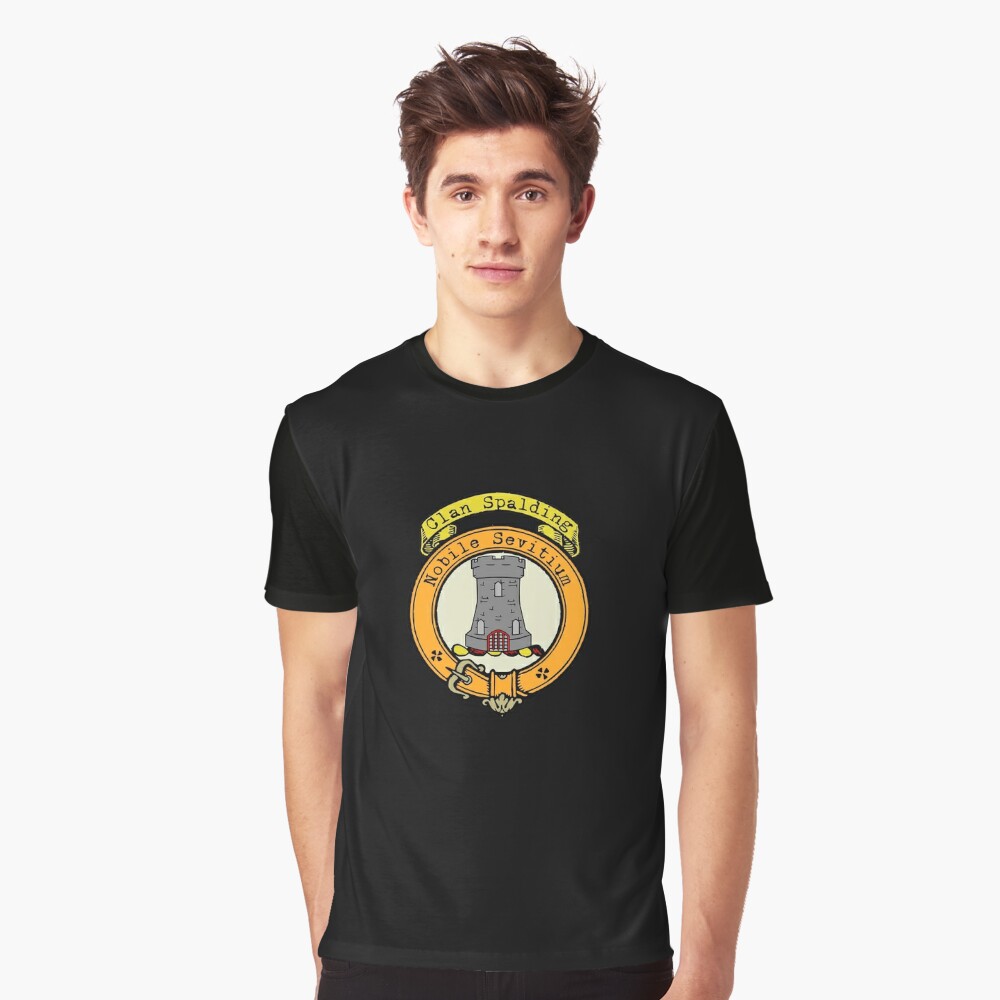Clan Spalding
|
|
CREST: A gateway Proper with the portcullis half raised Gules MOTTO: Nobile servitium TRANSLATION: Service is noble VARIATIONS: N/A |
| The name “Spalding” finds its origins in the town of Spalding in Lincolnshire, England. However, the clan’s roots in Scotland date back to at least 1294 when a certain John de Spaldyn, known as “Magister” (Master), witnessed a grant of lands in Aberdeen. This early mention of the Spalding name in Scottish records highlights its enduring presence.
The Spaldings came to prominence in 1318 during the siege of Berwick by Robert the Bruce. The story of Petere de Spalding, a Berwick burgess who aided the besiegers in taking the town, is a notable chapter in the clan’s history. In May 1319, Bruce rewarded him with lands in Angus, specifically Ballourthye and Pitmachie. To further solidify his position, Petere de Spalding was also granted the prestigious keepership of the royal forest of Kylgerry. By the late 16th century, Clan Spalding had gained enough prominence to be mentioned in an act of the Scottish Parliament. The act stipulated that the clan should have a chief, chieftain, or captain who would be held responsible. This formal recognition reflects the clan’s increasing influence in the region. John Spalding, a lawyer and commissary clerk of Aberdeen during the reign of Charles I, stands out as one of the most illustrious members of Clan Spalding. He is best known for his historical work, “Memorials of the troubles in Scotland and England from 1624 to 1645.” Initially available only in manuscript form, this significant historical document was first printed in 1792 and subsequently reprinted in 1829. The Spalding Club, an antiquarian society, was founded and named in his honor, demonstrating the lasting impact of his work. |
|
Citations:
|
|
Purchase @ Redbubble
Purchase @ Amazon.com
Purchase @ Amazon.co.uk

